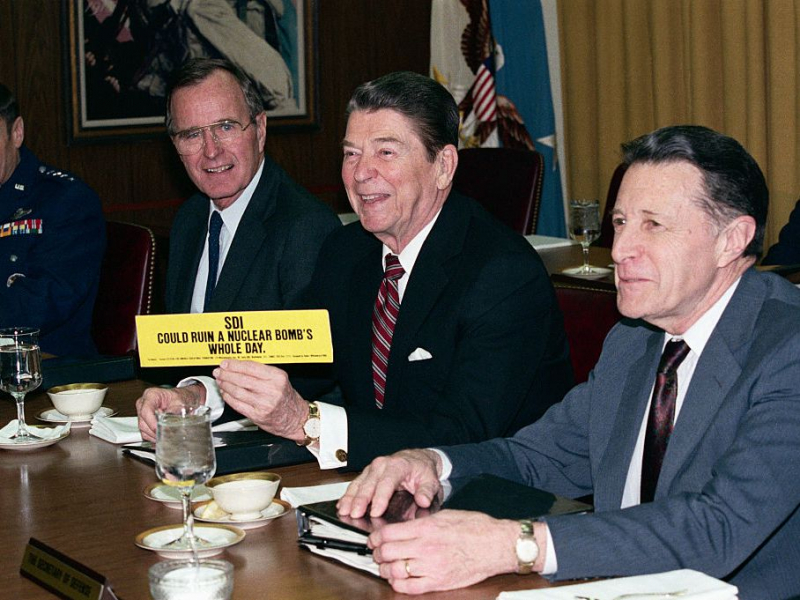The Reagan Doctrine
The Soviet Union's influence was growing at the start of Ronald Reagan's presidency, and he devised a fairly contentious strategy for dealing with it and the Cold War in general. The Reagan Doctrine, which he devised, saw the United States support the anti-communist elements in communist regimes that were backed by the Soviet Union. The power of the Soviet Union declined in a few areas as a result, which helped to bring an end to the Cold War. This is one of the major accomplishments of Ronald Reagan.
The Soviet Union was becoming more powerful and had just invaded Afghanistan when Ronald Reagan took president. Administrators believed the Cold War would last for the foreseeable future since US policy toward the USSR during the preceding 10 years had been one of Détente ("relaxation of tension"). Reagan, on the other hand, thought that because of the Soviet Union's fragile economy, more pressure would cause it to collapse. He took a more assertive stance and overturned the Détente strategy by directing a significant increase in US military might.
In order to encourage anti-communist forces in communist countries supported by the Soviet Union in Africa, Asia, and Latin America, Reagan established a strategy known as the Reagan Doctrine. The contentious program did lessen Soviet influence in some areas, though. For instance, the Reagan administration supported the Afghan guerrillas in Afghanistan, which ultimately resulted in the end of the Soviet occupation of that country. The Reagan Doctrine's proponents view it as a crucial factor in the Cold War's eventual termination.











